We’re showcasing 30 foreign foods you wouldn’t find in your average international cuisine cookbook. So, get ready to roll up your sleeves and dive spoon-first into some delightful culinary magic.
Albanian Tave Kosi
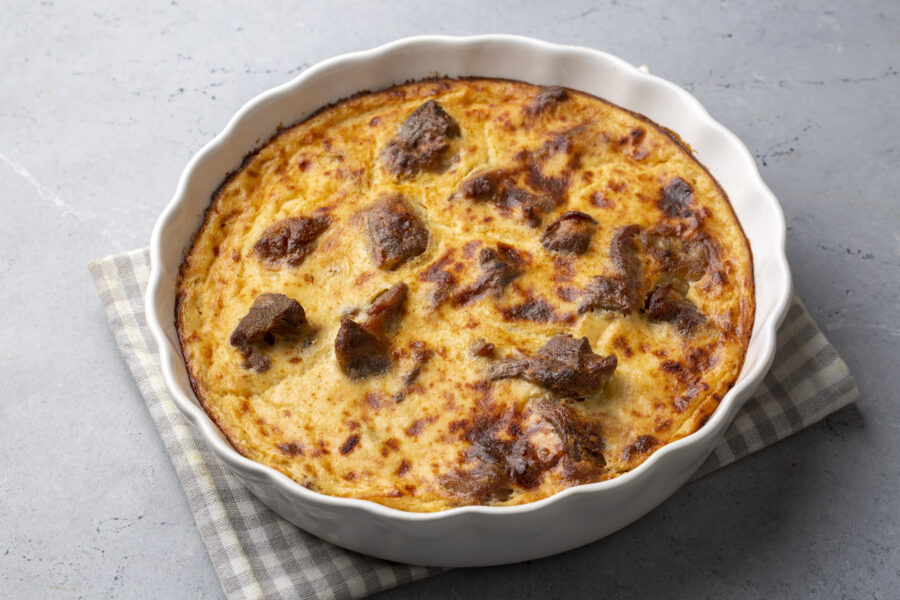
Imagine a Mediterranean journey with every bite. That’s Albanian Tave Kosi. Pair this treat with a chilled white wine and warm bread for the ultimate dinner setting.
Rich, creamy, and satisfying — welcome to the world of Tave Kosi. Every bite takes you on a tangy, savory, and hearty tale of Balkan flavors.
Cooking Tave Kosi is a three-part culinary opera. The lamb is browned first, followed by baking the rice and then blessing it all with a creamy yogurt sauce.
Azerbaijani Plov
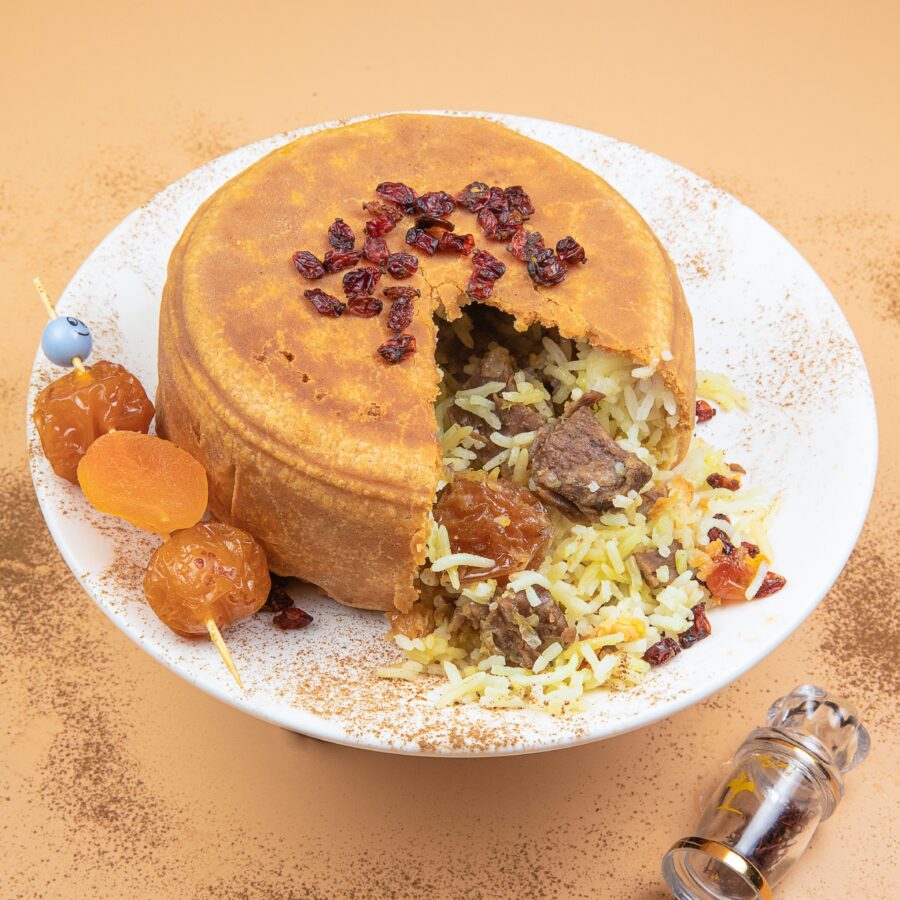
This foreign food is an absolute treat. In Azerbaijan, plov is more than just a dish: it’s a grand gala where everyone’s invited.
Be it a wedding or a random Tuesday, plov steals the show. A delightful concoction of mutton’s saltiness, fruits’ sweetness, and chestnuts’ nuttiness dances on your palate.
Cooking Azerbaijani plov feels like performing a magic trick. The mutton comes first, with rice and other gems layered on top. And then, voila — it’s plov time!
Estonian Kama

Meet Estonia’s winning culinary card. Frequently featured in breakfast plates and a star attendee of the summertime Jaanipäev festival, kama is Estonian at heart.
Tangy, subtle sweetness, with a nutty twist, its texture promises an exciting fusion of oatmeal and granola. You can make desserts with it, too.
Kama’s secret power lies in its careful ensemble of roasted barley, rye, oat, and pea flour. Think of it as the Estonian super-grain team!
Laotian Larb
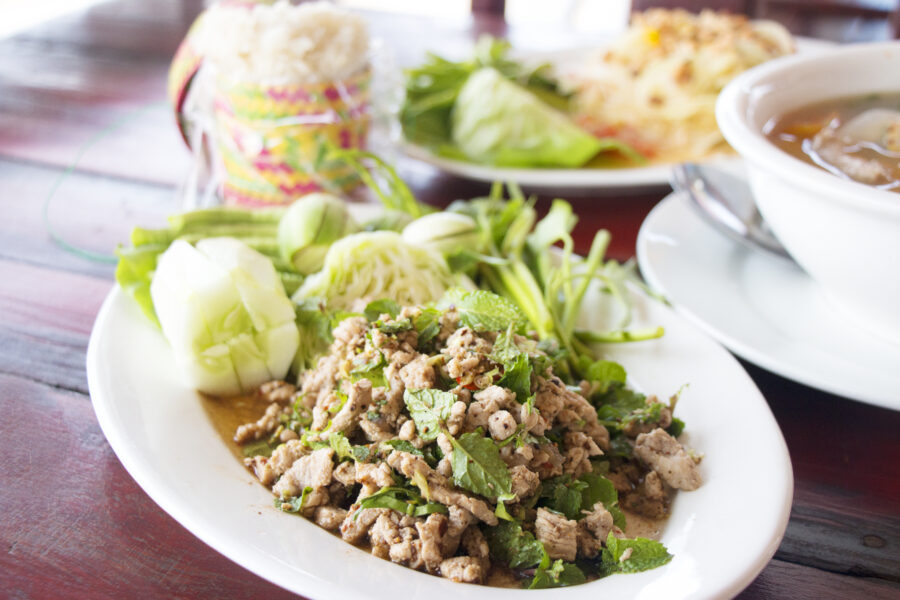
Larb, a pork dish, is the national food of Laos. It’s cooked quickly over high heat, drizzled with lime and fish sauce, and sprinkled with toasted rice powder.
More than just food, larb carries cultural significance in Laos. It’s often the centerpiece at festivals and gatherings, becoming an integral part of Laotian life.
Serve your larb with sticky rice or fresh veggies, alongside a cool beer or a crisp white wine. It’s the perfect companion for a Laotian food journey.
Nepalese Momo
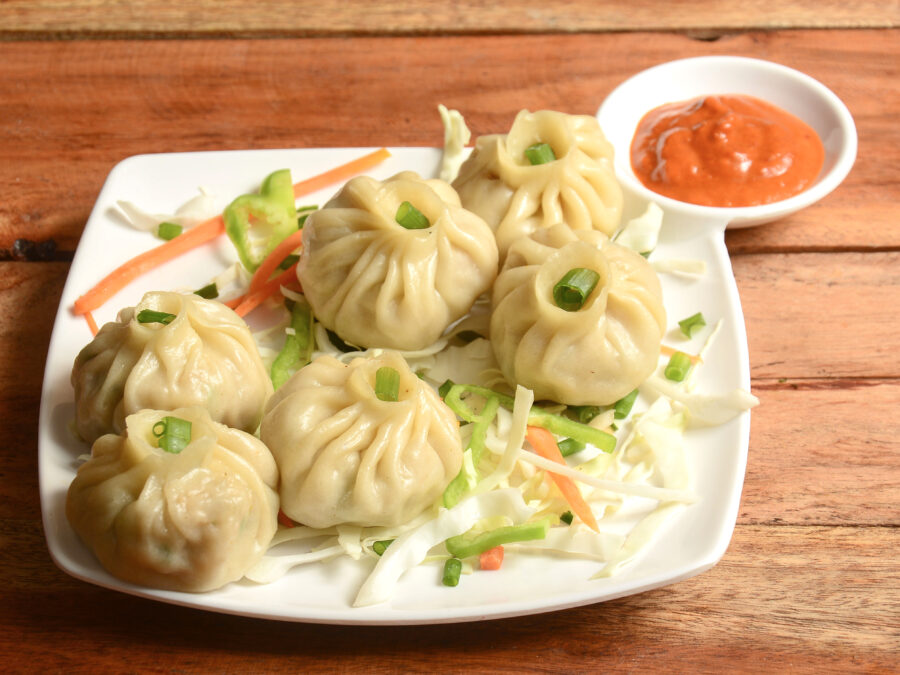
Pair your momo with a tangy tomato achar dip or a chilled beer. To truly experience Nepalese tradition, accompany it with a cup of traditional butter tea.
Embark on a flavor adventure with this foreign food. It offers savory fillings, bubble-wrapped in a gentle or crispy shell. Your taste buds will do a happy dance.
Creating momo requires artistry. The dough is rolled, filled, and folded into delightful purses. Whether steamed or fried, it all comes down to finesse!
Romanian Sarmale

Sarmale promises a flavor rollercoaster – a tangy green cabbage wrap around savory pork, and rice bringing a comforting balance. It’s a symphony of taste with each bite.
Foreign foods are the best way to witness the life of Romanian festivities. Sarmale, a star at Christmas and New Year’s Eve, is a gastronomic firework display.
Enjoy sarmale with a glass of local wine or a helping of creamy polenta. An experience that feels like a high-five for your taste buds!
Slovakian Bryndzove Halusky
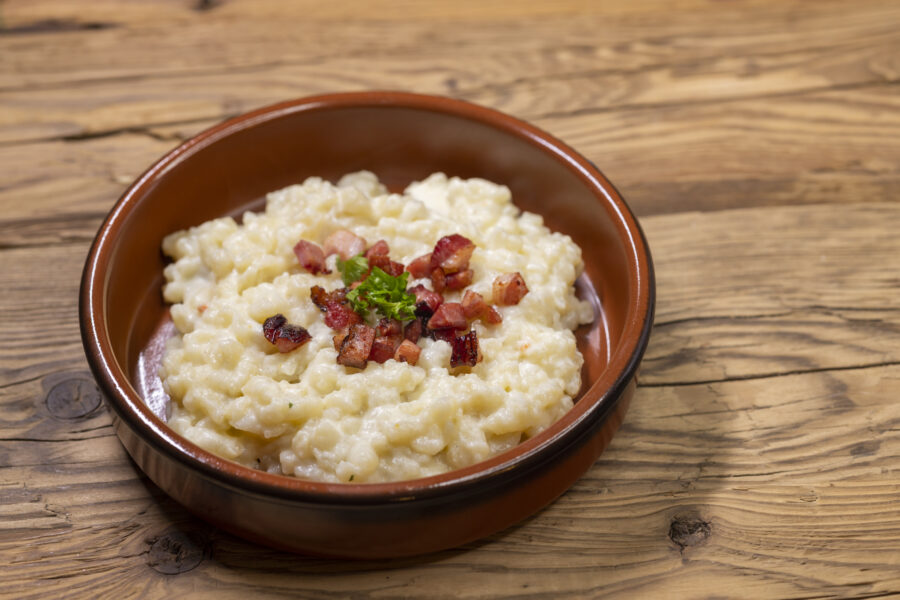
Hail Slovakia’s food champion — bryndzove halusky. A star at food festivals and an emblem of warm hospitality, it’s Slovakia’s homey answer to apple pie.
Bryndzove halusky has a creamy texture. It’s made from potatoes, bacon, and goat cheese (though you can use cottage cheese, too). It’s basically comfort in a bowl.
Your first time creating bryndzove halusky might feel like a gym session. Grating potatoes, kneading dough, and boiling dumplings… a unique meal prep routine, indeed!
Ukrainian Varenyky
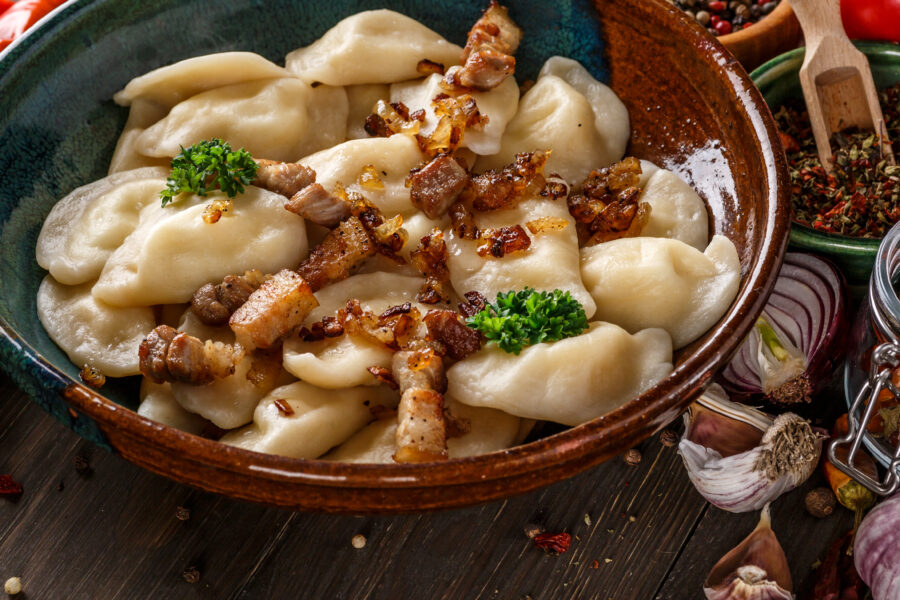
Varenyky is one of those foreign foods that’s representative of its country. It’s claimed a spot in the Christmas Eve menu and even has its own festival.
Varenyky is a party for the palate. The smooth dough, creamy potatoes, tart cheese, and an occasional sweet cherry make for an exciting taste and texture combination.
Crafted with care, varenyky is a Ukrainian dumpling surprise. Stuffed with mashed potatoes, cheese, and occasionally meat or cherries, turning every bite into a surprise.
Venezuelan and Colombian Arepas
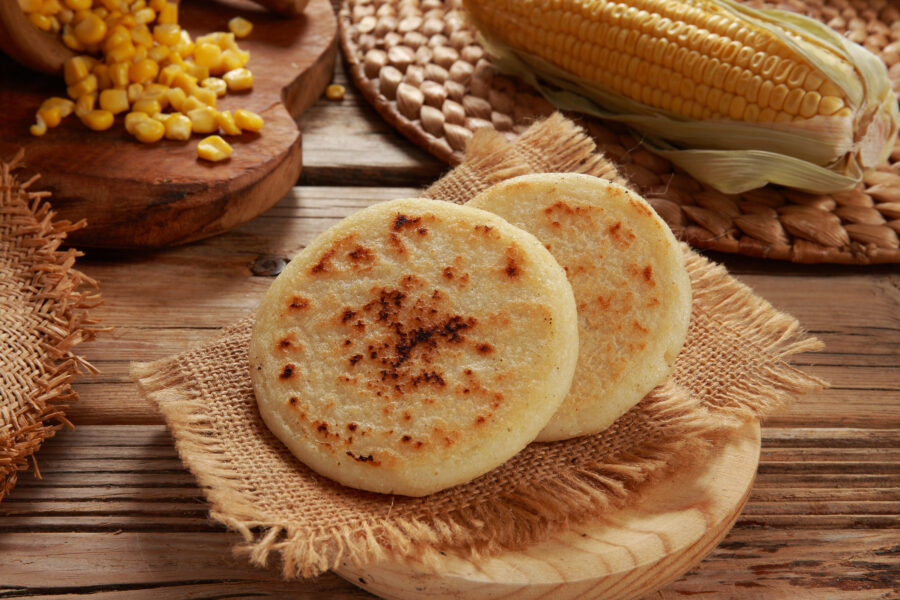
Making arepas feels like bringing edible art to life. The dough is kneaded, formed into a disc, and then either pan-fried or grilled.
Arepa are adaptable, flaunting a mild and slightly sweet corn flavor. But the real magic occurs when you load them up with your chosen fillings.
Pair your arepas with a refreshing Polar beer or fruity Tizana cocktail. For filling, choose from shredded beef, cheese, or jam. Infinite possibilities in your hand!
Xinjiang’s Big Plate Chicken
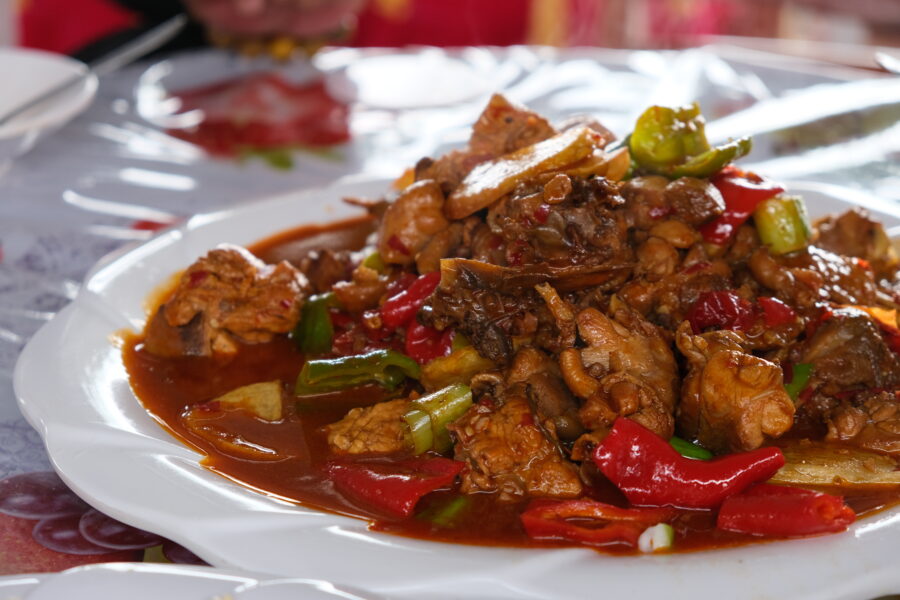
Big plate chicken is a triad of taste — spicy, sweet, and savory. The chicken is succulently tender, veggies are crisp, and the sauce is thick and rich.
Creating this gem involves two processes: intense stir-frying and slow braising. The chicken and veggies are quickly fried before a beer-based braising process takes stage.
The Big Plate Chicken is a representative of Uyghur hospitality in Xinjiang. It’s usually served during get-togethers and festive occasions, symbolizing unity and fellowship.
Belarusian Draniki
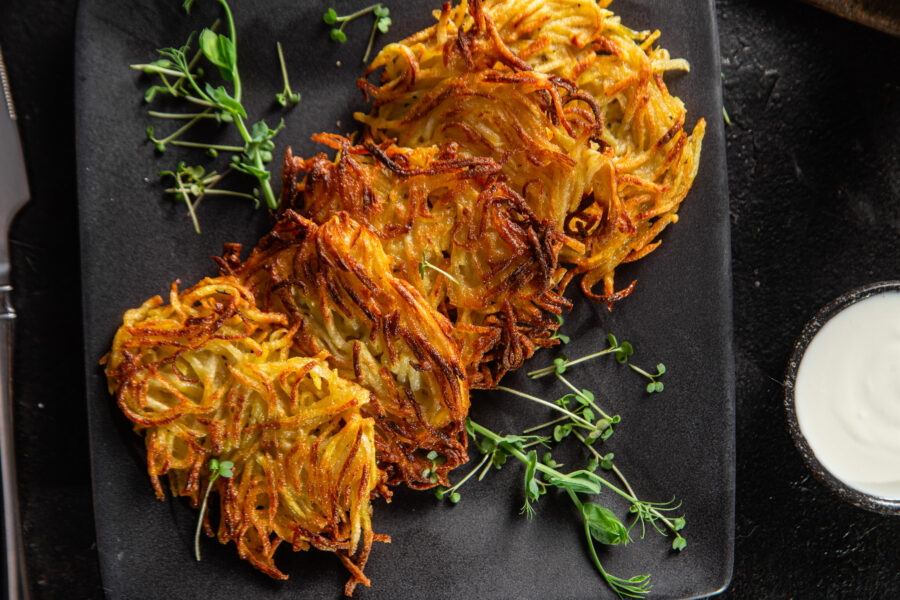
In Belarus, draniki is more than just a dish — it’s a symbol of heartfelt hospitality, often served during Maslenitsa, a pancake-filled festival week.
Enhance its flavors by coupling it with sour cream or apple sauce. For drinks, stick to tradition with kvas. Get ready for a potato riot on your palate!
With a crispy exterior encasing a soft inside, draniki is an oniony delight. Picture a delicious union of hash brown and onion ring. That’s what draniki’s all about.
Cuban Ropa Vieja
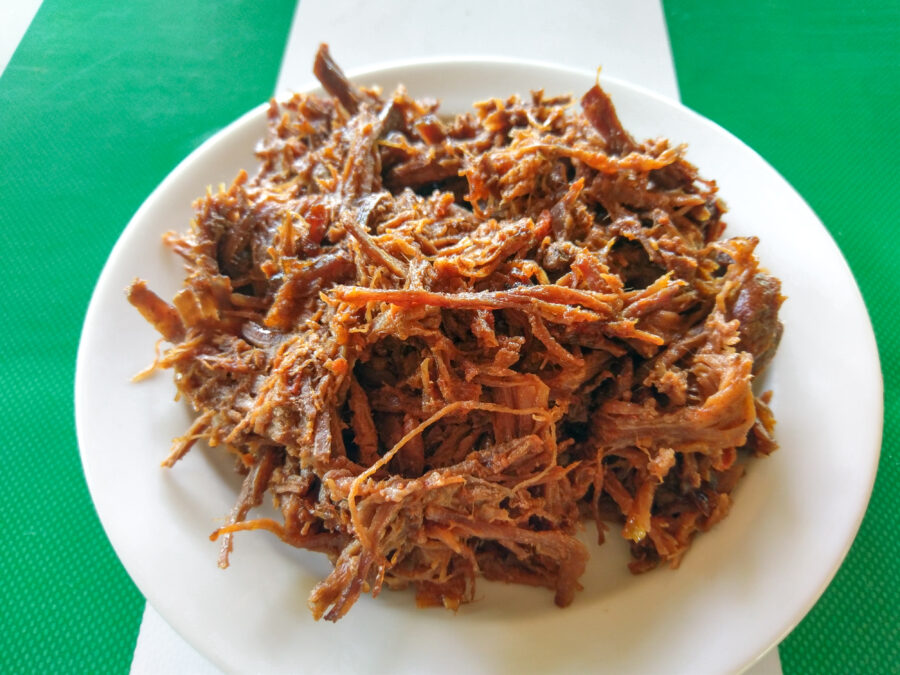
Ropa vieja, Cuba’s national dish, is deliciously tender and flavorful. Originally from Spain, this meaty dish often gets served at family get-togethers and celebrations.
Let ropa vieja take you on a flavor festival. Expect to encounter a savory, tangy taste with a hint of sweet bell peppers and tomatoes.
Accompany your ropa vieja with fluffy rice to soak up the flavorful sauce. Add plantains for a touch of sweetness, and a mojito to set a tropical mood.
Ethiopian Doro Wat
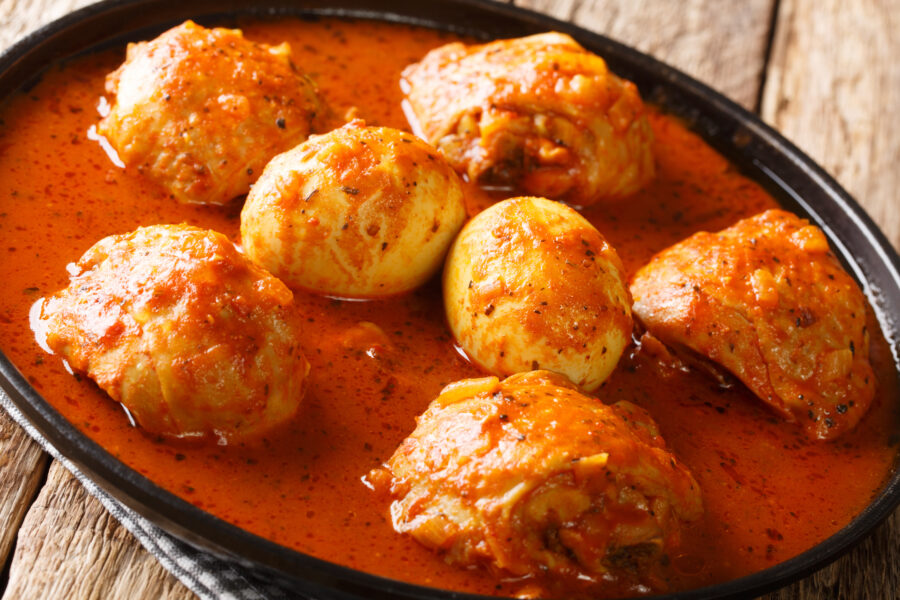
Doro wat is not only one of the best African foods, it’s also one of the best foreign foods. It’s Ethiopia’s national food star for a reason.
Celebrations like Christmas and Easter commonly see it on the menu. It’s like Ethiopia’s spicy counterpart to the holiday turkey, except it never turns out grossly dry.
The berbere’s spicy kick, the onions’ sweetness, and the chicken’s heartiness — doro wat is unforgettably vibrant. The hard-boiled eggs supply a surprising but delightful textural twist.
Iranian Ghormeh Sabzi
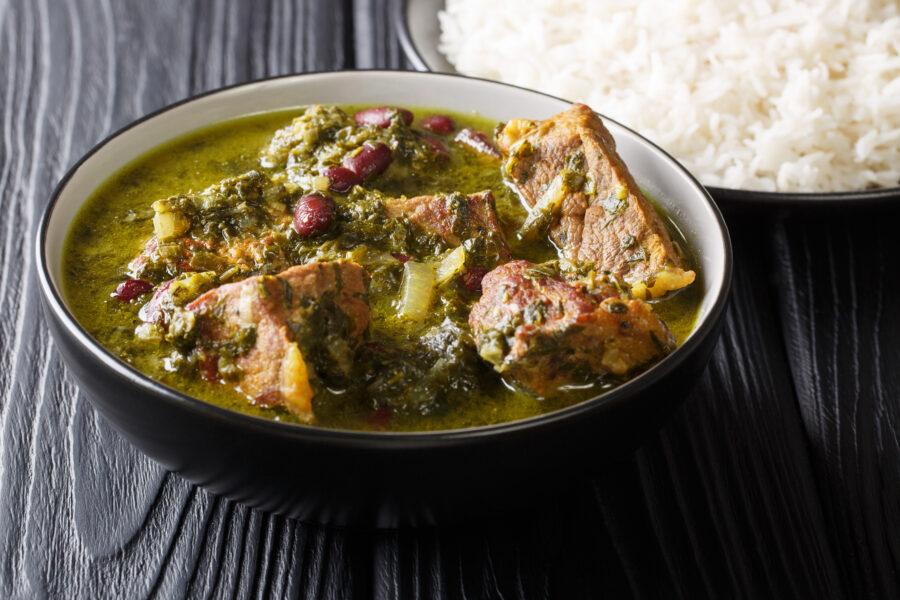
Ghormeh sabzi is a culinary A-lister. It’s the prime dish during Nowruz, the Persian New Year. It was even brought to space by Iranian astronaut, Anousheh Ansari!
Ghormeh sabzi offers a tasty flavor medley of earthy herbs, tangy limes, and hearty lamb. The dish is a symphony of sour, savory, and umami.
Get up close and personal with the green wonder — Ghormeh Sabzi. Packed with parsley, leek, fenugreek, lamb, kidney beans, and dried lime, it gives a meaty kick!
Jordanian Mansaf

Mansaf is a Jordanian dish that knows how to party! This meal is the center of attention at community gatherings, especially during Eid and weddings.
Enjoy this foreign food with a side of mint tea or Arabic coffee. To round off, a piece of deliciously sweet, flaky baklava is just perfect!
Mansaf is savory and slightly spicy. The lamb is tender, and the rice is fluffy, with nuts adding a crunch. It’s a journey of taste and texture.
Kazakh Beshbarmak
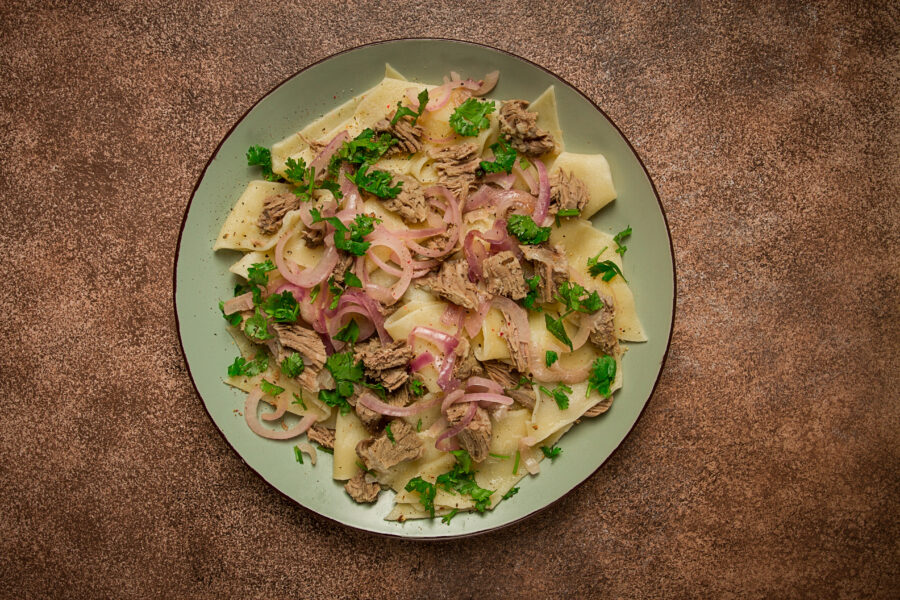
Calling all food adventurers! Try beshbarmak with some fermented mare’s milk or inviting black tea. For an extra bit of thrill, pair it with a shot of vodka.
The meat in beshbarmak is simmered to tenderness and served over handmade pasta. Plus, as a bonus, you get to eat it with your hands!
For the Kazakhs, beshbarmak is a cherished tradition, diffusing joy and togetherness at gatherings and festivities. So get ready to be the life of a Kazakh culinary party!
Nicaraguan Gallo Pinto
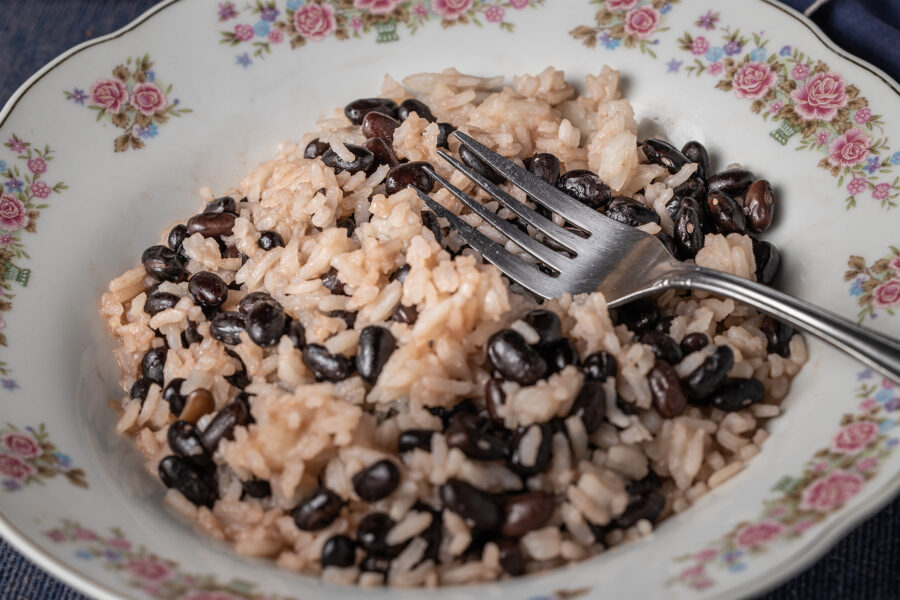
Bopping into the Nicaraguan cuisine is easy with gallo pinto. The dance of sautéing, simmering, and mixing gives rise to a remarkable duet of beans and rice.
If breakfast be the start of a great day, gallo pinto wears the crown! This Nicaraguan national pride is also the showstopper at the colorful Maypole fest.
Let’s not overlook the supporting flavors of gallo pinto: onions, bell peppers, and garlic. They assist the red beans and rice to put up a show-stopping gastronomic performance.
Uruguayan Chivito
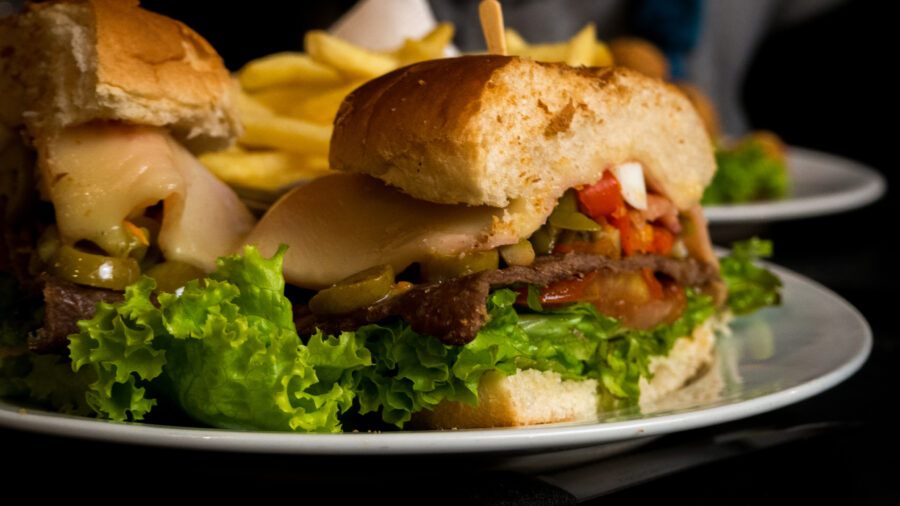
Celebrate your chivito with a refreshing beer or a glass of Tannat wine. And let’s be honest, a sandwich is best enjoyed with a handful of fries!
Assembling a chivito is a piece of ‘steak.’ Grill your steak, pile up the ingredients, and you have a delectable chivito ready to devour.
This sandwich holds a special place in the heart of Uruguay. It’s the preferred grub during celebrations, football matches, or for satisfying those late-night cravings.
Welsh Cawl
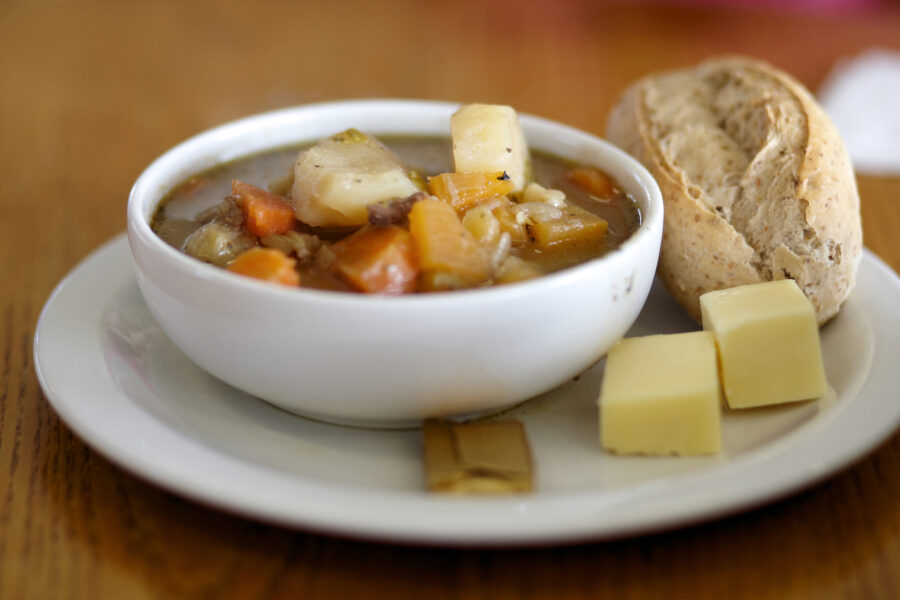
Welsh cawl and a crusty baguette go together like peas in a pod. Round off this ensemble with a rejuvenating pint of Welsh ale for an authentic experience.
This foreign food requires patience. It’s a slow dance of simmering the meat to tenderness, adding veggies, and allowing all the wonderful flavors to come together.
Like a hug in a bowl, cawl marks its presence at St. David’s Day celebrations. It’s not just a dish — it’s a cozy tradition embraced with love.
Paraguayan Chipa Guazu
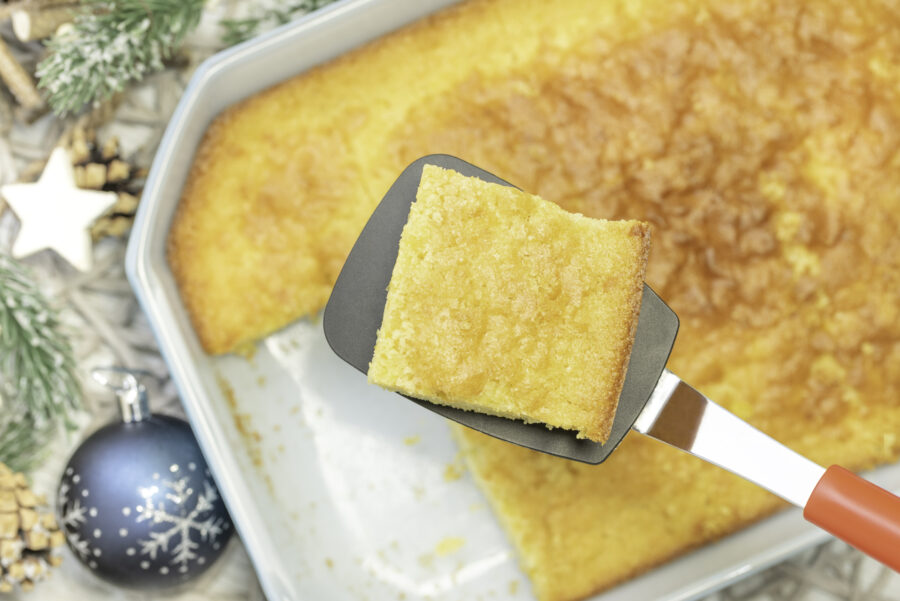
Chipa guazu graces various religious festivals and family gatherings, weaving tradition into every bite. It’s definitely worth a try, even if you don’t have any other foreign foods.
Chipa guazu, often dubbed “Paraguay’s cheesy take on corn cake,” combines corn, cheese, and eggs. The corn provides a sweet crunch, while the cheese brings a savory twist.
Get ready to meet chipa guazu, a cheesy delight with a soft, cake-like interior and a golden crisp exterior. The corn’s crunch elevates the eating experience.
Bhutanese Ema Datshi
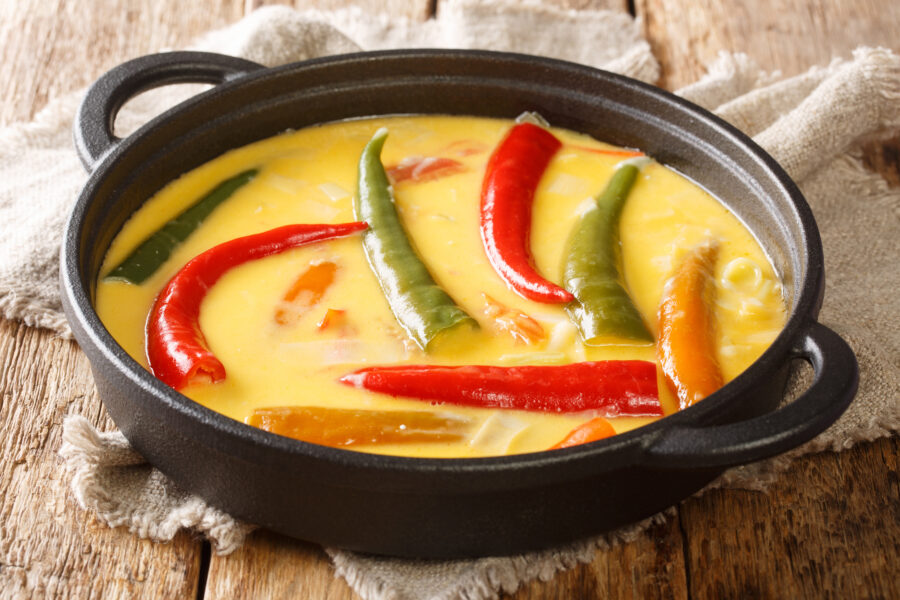
Boost your ema datshi experience with rice or buckwheat pancakes. Or sip on butter tea or ara, a native spirit. Cheers to the Bhutanese party on your plate!
The step-by-step preparation of ema datshi involves slicing chilies and stewing them with onions, tomatoes, and cheese. Simplicity at its finest, with a fiery hot bonus!
Ema datshi holds the esteemed title of Bhutan’s national dish. Enjoyed readily throughout the day or at major festivals, it’s the life and soul of Bhutanese cuisine.
Gambian Domoda
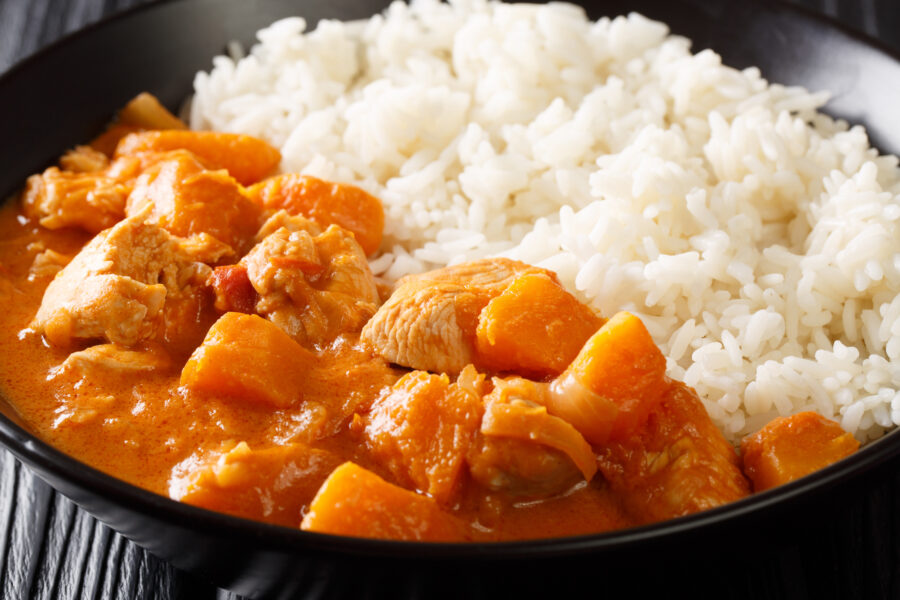
Relish your domoda with a cool Gambian beer or palm wine and complimenting sides like fried plantains or a fresh cucumber salad. Your taste buds will thank you!
You begin with browning beef, and then add tomatoes and peanut butter, letting it slow-cook until it tenderizes. A lemon squeeze brings the dish to life.
More than a dish, domoda is a national emblem of Gambia. A festive feature and a family unifier, it holds the same prestigious place as a Thanksgiving turkey!
Jamaican Ackee and Saltfish
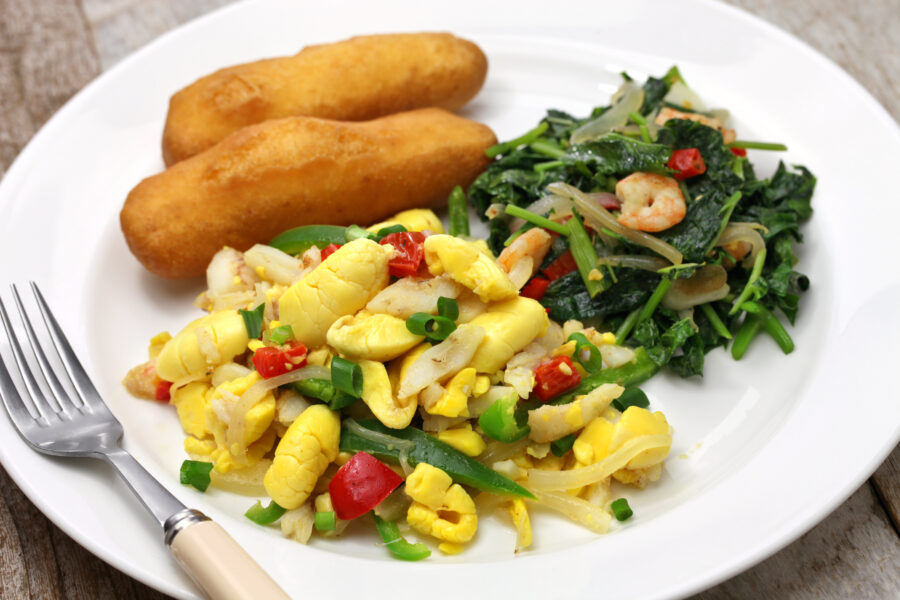
Ackee and saltfish is like Jamaica’s culinary ambassador! A traditional breakfast and a popular Independence Day meal, it’s a hearty helping of Jamaican pride.
Taste this delightful duo with fried dumplings or roasted breadfruit. A glass of Ting, a refreshing Jamaican grapefruit soda, complements it perfectly, creating a perfect Caribbean feast.
Ackee and saltfish is a foreign food that offers a blend of salty, spicy, and slightly sweet flavors. The creamy ackee texture works beautifully with the flaky saltfish.
Kenyan Ugali
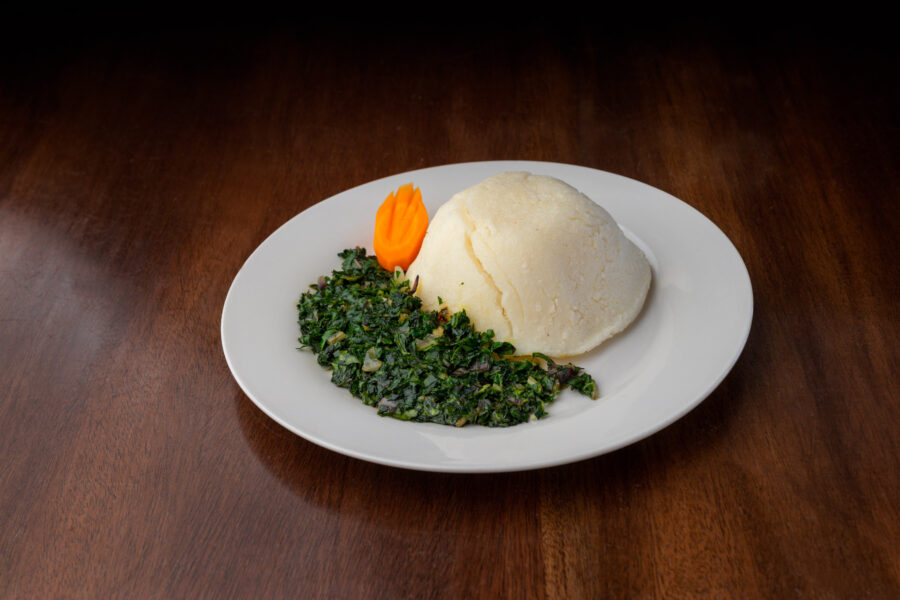
Ugali loves company! For a complete meal, pair it with sukuma wiki (collard greens) or nyama choma (grilled meat). A cup of Kenyan chai rounds it off perfectly.
Ugali anchors every meal and binds families together at gatherings. It’s dense, dough-like, and subtly sweet, akin to a warm taste-bud hug.
Basically, ugali is comfort food at its best. You’ll find versions of this food all across the African continent, with different kinds of meals.
Mongolian Buuz
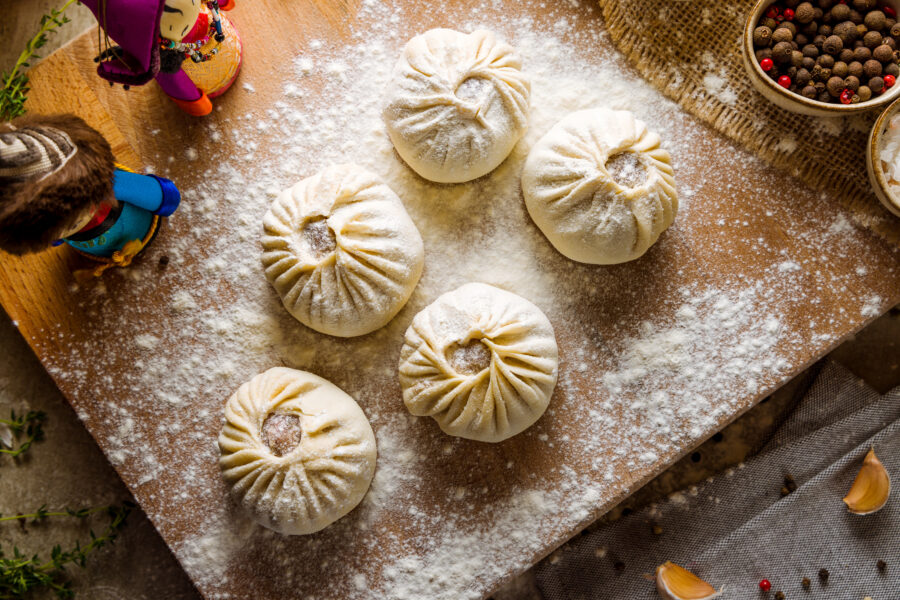
Buuz is culture served in a bite. This delicacy rules the meal courses during Mongolia’s Lunar New Year, Tsagaan Sar. Who knew eating could bring good luck?
Enhance your buuz experience with a refreshing crunch of pickled cucumber. To keep it authentic, pair it with a chilly glass of airag, Mongolia’s fermented mare’s milk beverage.
Buuz is the bomb of flavors! It exudes savoriness with a hint of garlic and onion. The dough is soft, wrapping the juicy succulent filling.
Omani Shuwa
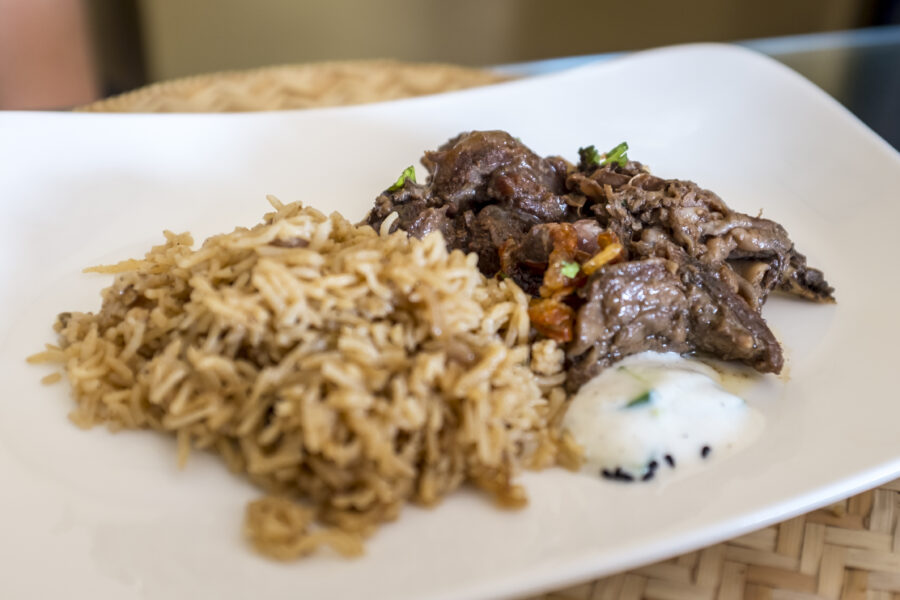
The Omani shuwa is a bomb explosion in taste and textures! It’s a medley of savory lamb, aromatic spices, and a smoky finish. Now, who can resist that?
Complete your shuwa experience with some flatbread and a side of hummus. To maintain tradition, sip on Arabic coffee. The shuwa Batman approves of his new Robin, coffee.
The preparation of shuwa is a sample of a nourished tradition. The lamb is marinated in assorted spices, draped in banana leaves, then slow-cooked in a sand oven.
Fijian Kokoda
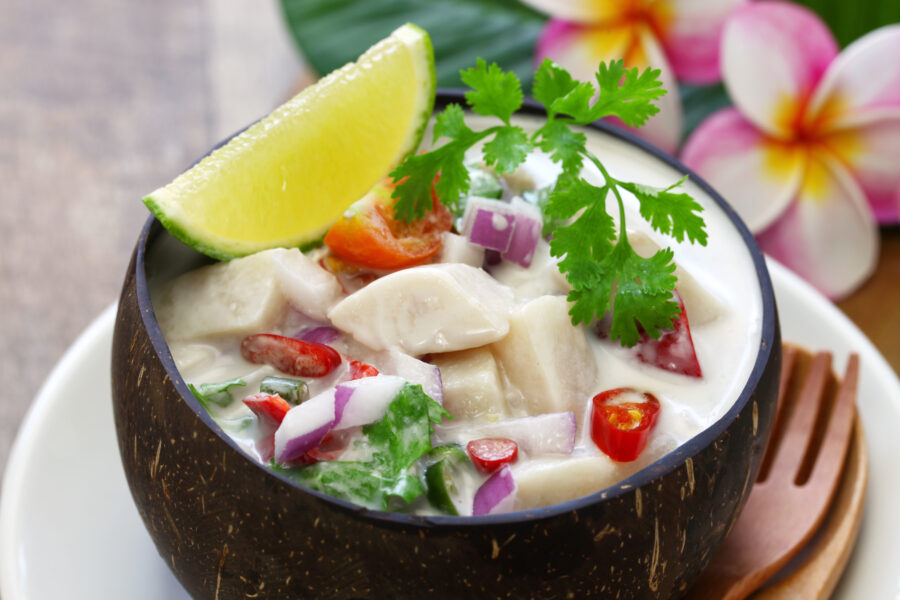
Kokoda is Fiji’s greatest gastronomic gift! A popular offering at celebrations, this dish is a testament to Fiji’s rich sea bounty and abundant coconut groves.
Prepare to party, Fijian-style, with Kokoda! It’s an outstanding mix of tangy lime, creamy coconut milk with a slight hint of chili-spice, making your mouth groove with delight.
The preparation of this foreign food is simple. You marinate raw fish in lime juice, which ‘cooks’ it, then add coconut milk, and just like that—magic happens.
Icelandic Hakarl
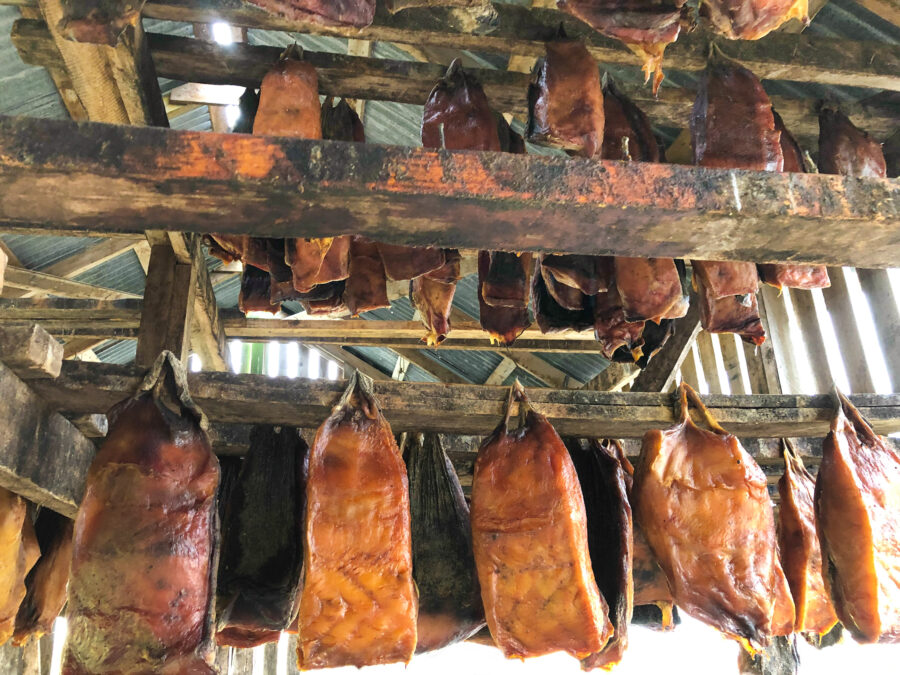
Hakarl can definitely be an acquired taste. A bite into hakarl is like taking a plunge into the deep sea. Yeah: it’s really fishy.
Hakarl is a straightforward dish, starring the Greenland shark. The shark’s inherent toxicity makes the extensive preparation process a matter of survival, not just of taste.
To prepare hakarl, it’s buried for a good 6-12 weeks, well fermented and then hung out to dry. It’s a process that’s interesting and intense, like making cheese!
Macedonian Tavce Gravce
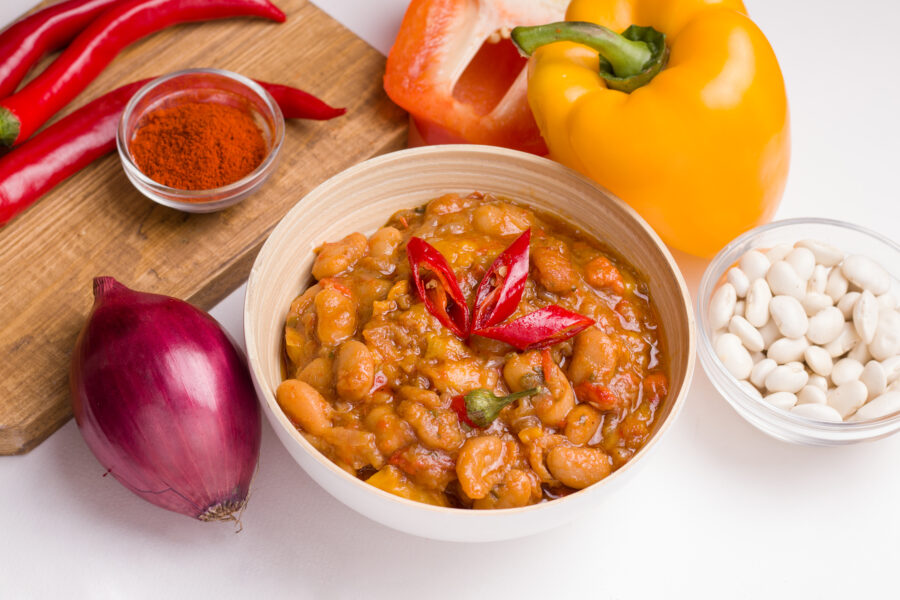
Make your tavce gravce experience memorable with a robust red wine or cool beer. For a taste of Macedonia, enjoy it with bread, refreshing salad, and lively storytelling!
Beans are soaked overnight, tenderly simmered with veggies. The clay pot baking lends it a unique, earthy flavor, making it attractive to the palate.
Not to mention that tavce gravce is also Macedonia’s national dish. It’s pretty much impossible not to think of Macedonia when you take a bite.
Tunisian Brik

Celebrate your brik with a fresh salad and a glass of cool mint tea. It’s an instant trip to the heart of the Mediterranean!
The art of making brik is akin to origami. Fold thin pastry around your chosen fillings, then give it a deep-fry, landing you with a crisp brik.
A symbol of the holy month of Ramadan in Tunisia, this foreign food makes a glamorous entry at every Iftar meal. It’s the undisputed celebrity of Tunisian pastries.
Foreign Foods: Culture and Flavor Uncorked
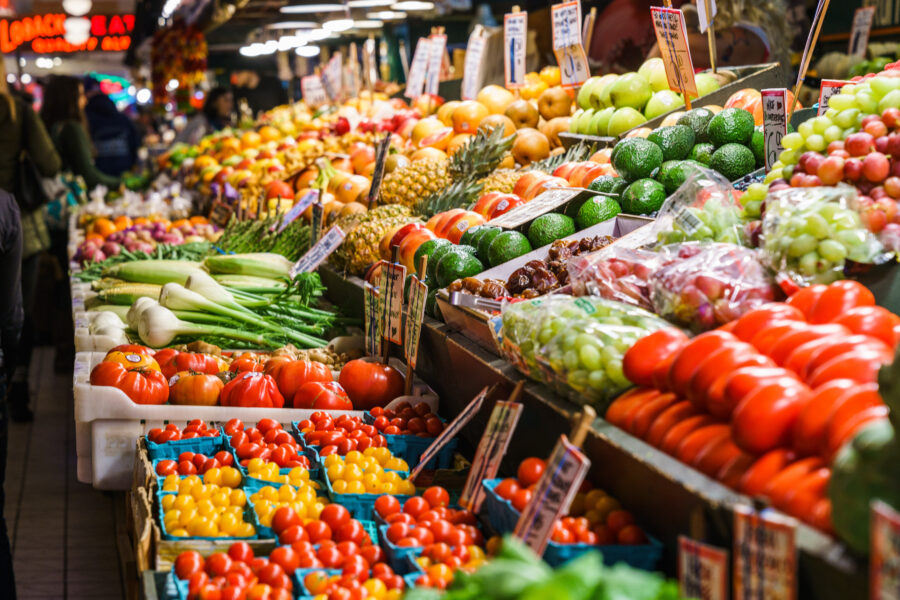
These foreign foods are not just about tantalizing your taste buds. They are also about immersing yourself into the rich tapestry of the world’s diverse cultures.
So why not step out of your culinary comfort zone? Swap that Friday pizza for a Macedonian tavce gravce or trade your pancake breakfast for Estonian kama.
Let’s not limit ourselves to just the well-known international platters. Instead, explore the lesser-known, scale the taste heights and discover the depths of global culinary treasure.

